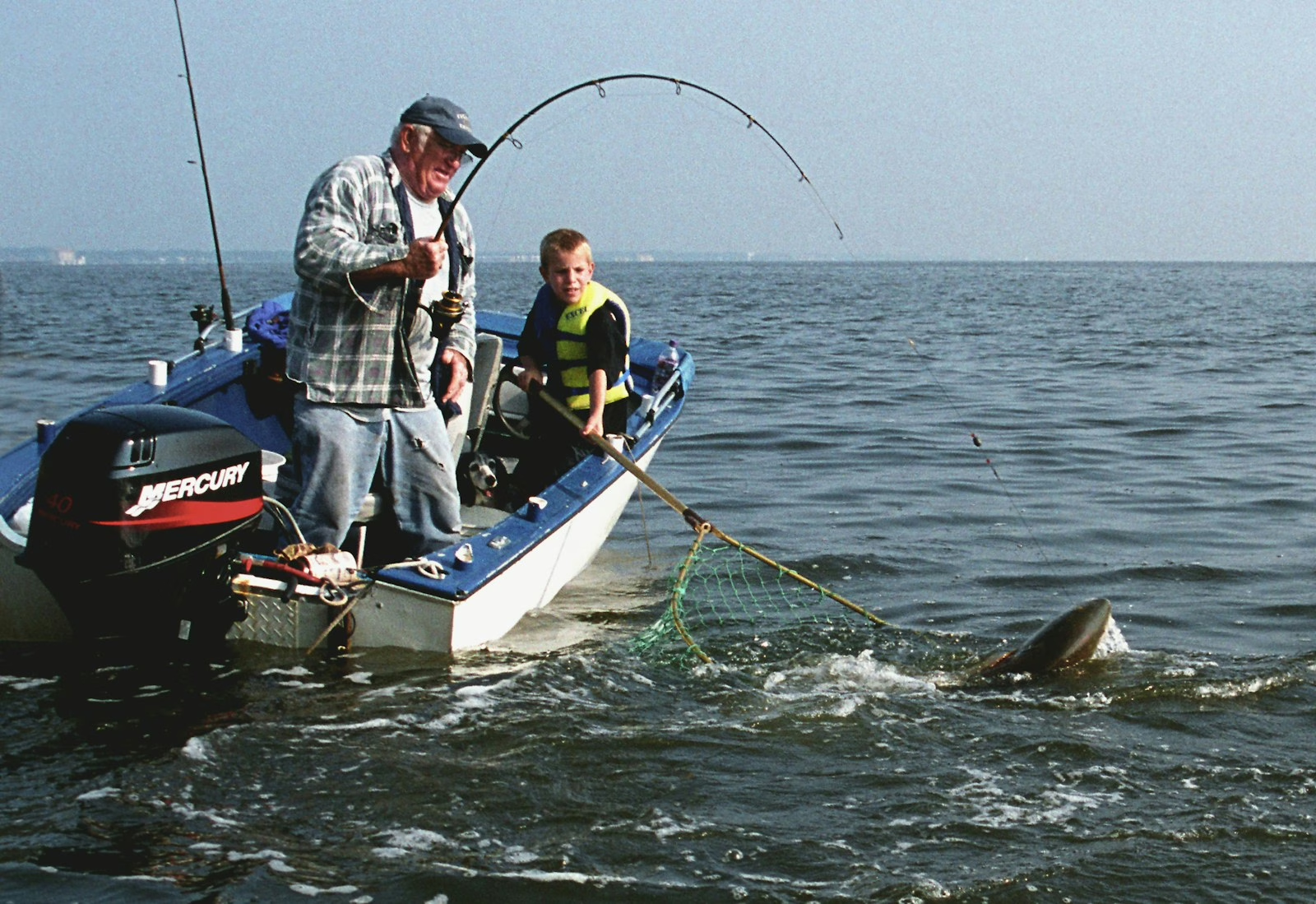If you’re looking for top-tier fishing destinations, few places compare with the waters around Tampa Bay (Florida). From flats and mangrove shorelines to deep channel edges, Tampa’s fisheries offer something for everyone–from the fly-fisher wading the grass flats to the offshore angler in search of grouper or king mackerel.
With a mix of freshwater and saltwater, in-shore and off-shore, and an abundance of species, fishing in Tampa is both varied and thrilling. Below, we explore the best spots, species, seasonal tips, gear considerations, and regulations.
Why Tampa is a Fishing Hotspot
Tampa Bay is Florida’s largest open estuary, with four major rivers feeding into it and a wide diversity of habitat—from shallow grass flats to deep shipping channels. The mixture of flats, mangroves, reefs, and wrecks means you can target a broad spectrum of species: snook, redfish, trout, tarpon, cobia, grouper, snapper, and more.
Add to that the presence of artificial reef programmes (which enhance structure and fish production) and the fact that the area has produced world records, and you have a bona fide angling destination.
Best Fishing Areas in Tampa Bay
Here are some of the top spots to cast a line:
Flats & Mangrove Shorelines
The shallow flats and mangrove edges around Tampa provide excellent inshore fishing opportunities. For example, the apartments near the power-plant outflows and mangrove tunnels are ideal for redfish, snook, and trout. Tampa Fishing+1
Bridges and Structure
Structures such as the Sunshine Skyway Bridge and other bridges create current, shade, and habitat where fish congregate. These spots are excellent for species like tarpon, grouper, and Spanish mackerel. & Nearshore Reefs
For deeper water and larger species, the shipping channels and artificial reefs around Tampa Bay offer access to grouper, cobia, amberjack, and king mackerel.
Common Target Species & When to Catch Them
Here are some of the key species and what you need to know:
-
Tarpon: These “silver kings” cruise the bay in spring through summer. They’re strong fighters and a highlight for many anglers.
-
Snook: Found year-round in the bay, particularly around docks, mangroves, and structure. Winter months see them in deeper, warmer water. Tampa Fishing
-
Redfish (Red Drum): Common in the shallow flats and mangrove edges, especially in mild months when the water warms.
-
Spotted Seatrout: Abundant and fun to catch on the flats and grass edges.
-
Spanish Mackerel: Fast, exciting fish found near bait schools, passes, and shallow flats.
-
Grouper / Cobia / Snapper: For the deeper structure anglers, these are big-game species off the flats and near reef/structure.
Seasonal Fishing Calendar
Understanding seasonal patterns will dramatically improve your catch rate.
-
Winter (Dec-Feb): Cooler water pushes fish into deeper water or canals. Good for sheepshead, black drum, trout.
-
Spring (Mar-May): Water warms, bait returns, snook and redfish become active, and tarpon begin migrating in. Good time to plan trips.
-
Summer (Jun-Aug): Peak tarpon season, strong inshore action, flats are lively early morning/late evening to beat the heat.
-
Fall (Sep-Nov): Many species feed heavily before winter — redfish, snook, trout provide reliable bites. Offshore species are also active, preparing for winter.
Tips for Success
-
Tide matters: Moving water (incoming or outgoing) pushes bait and triggers feeding. Plan around tide swings.
-
Match your bait to what’s available: Live shrimp, pilchards/pinfish, and realistic artificial lures work well.
-
Use lighter leader in clear water: Many flats and mangroves in Tampa are clear, so stealth helps especially for wary species like snook.
-
Hire a guide or charter: Especially useful for newcomers or if you want to go deep or offshore; local captains know seasonal patterns and hotspots.
-
Observe structure and habitat: Mangroves, oyster bars, docks, channel edges draw fish. Similarly, artificial reefs attract fish looking for structure.
-
Be mindful of regulations: Licenses, size limits, and closed seasons all apply. For example, shore anglers must still hold a saltwater license in many cases.
Regulations & Environment
Before you head out, make sure you’ve got a valid license. In Florida, both freshwater and saltwater fishing licenses are required for residents and non-residents in many cases.
Additionally, the region’s artificial reef programme helps maintain and enhance habitat for sport fish – anglers are encouraged to practise responsible catch-and-release, dispose of line properly, and support conservation.
Final Thoughts
Whether you’re casting from the shoreline, drifting a shallow flat by kayak, or heading offshore for grouper and cobia, Tampa offers world-class fishing with accessible options for all skill levels. The mix of species, varied habitats, and seasonal cycles makes it an angling playground. Respect the habitat, know the tides, match your gear and bait, and you’re likely to head home with a great day on the water.
